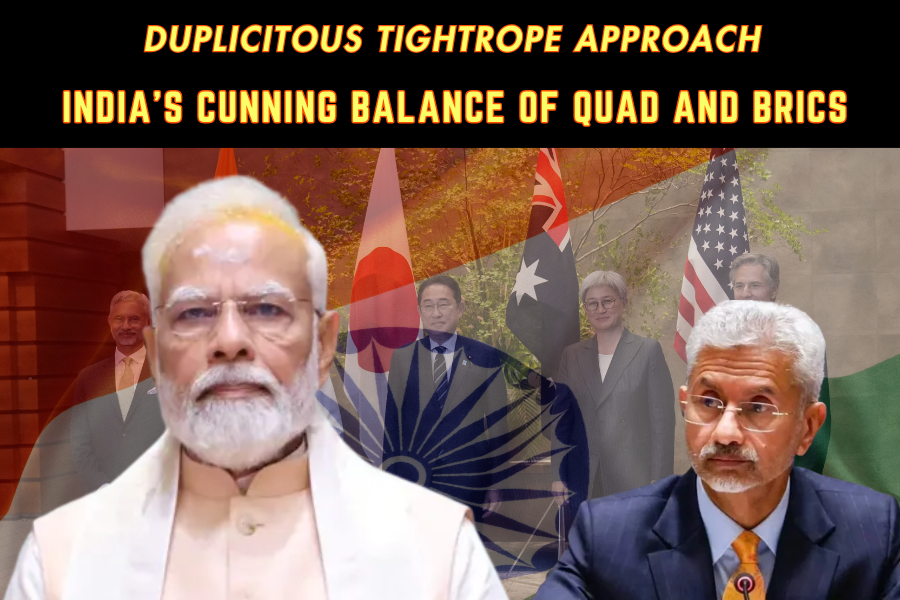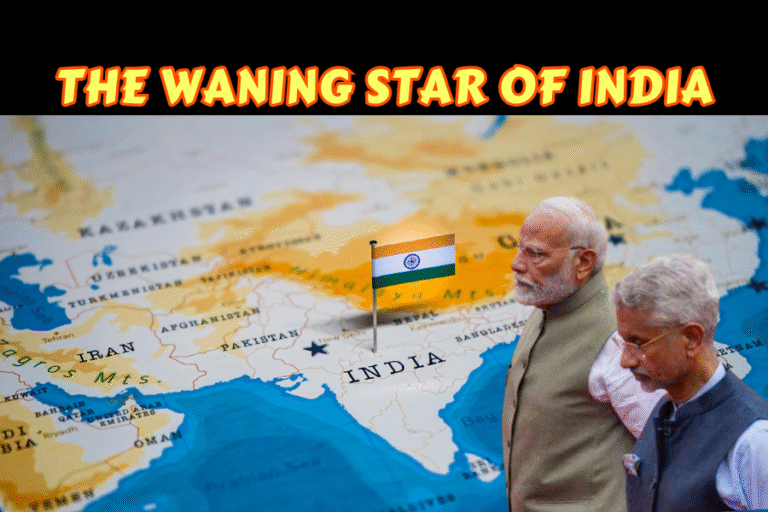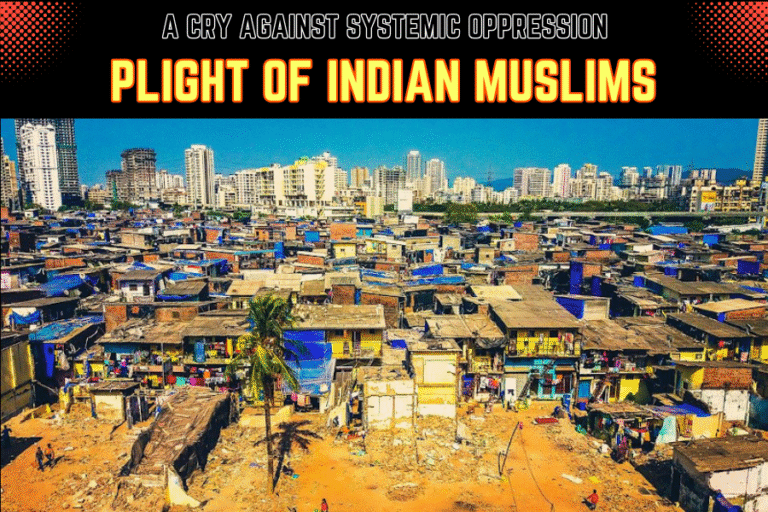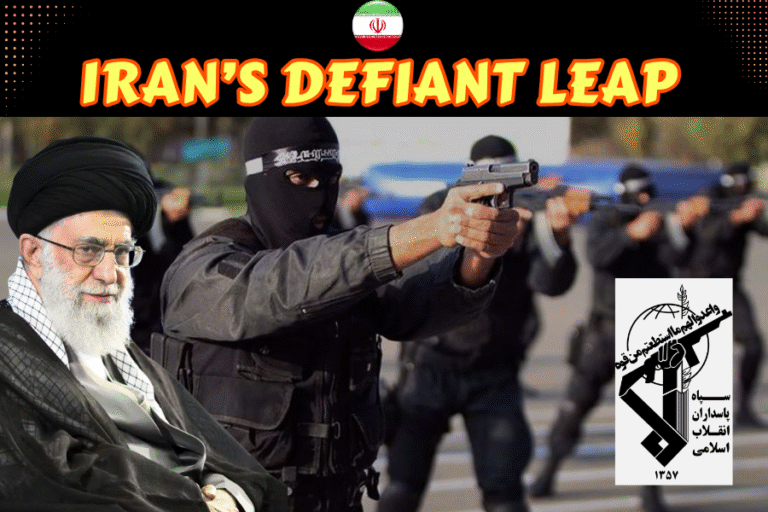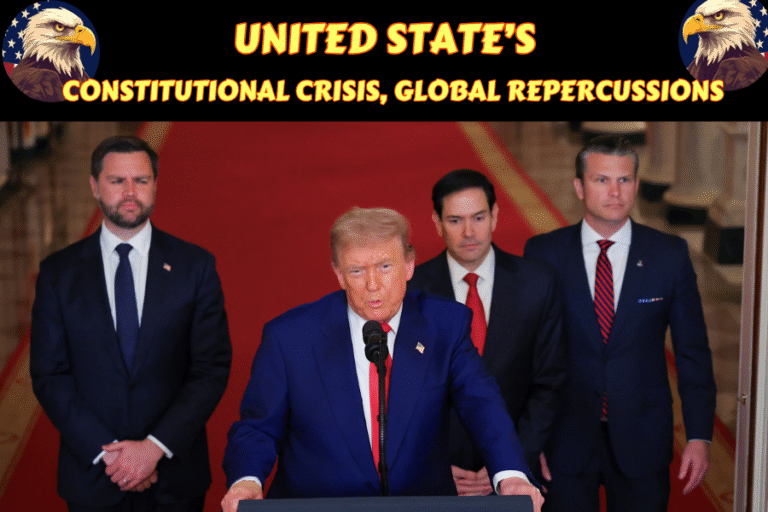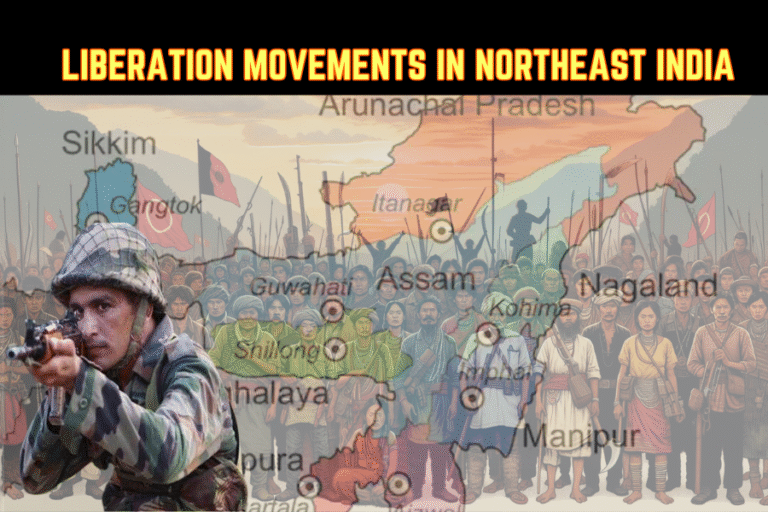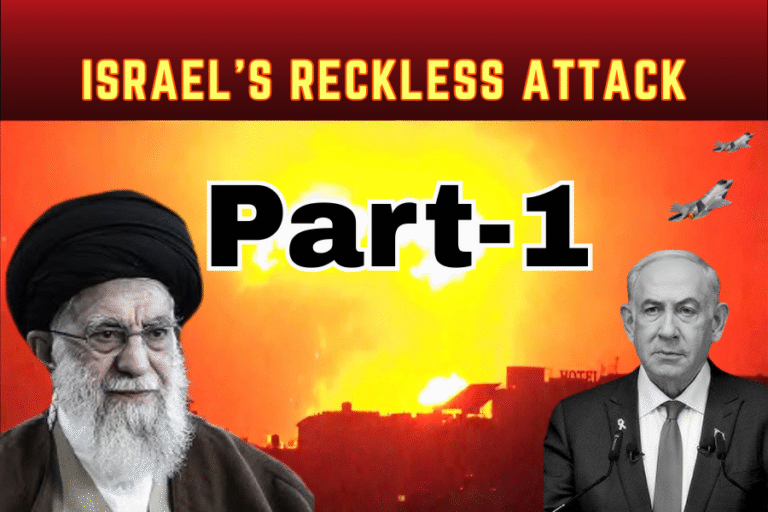(By Khalid Masood)
In October 2024, India’s External Affairs Minister Dr S. Jaishankar darted from the Quad Foreign Ministers’ meeting in Wilmington, Delaware, to the BRICS Summit in Kazan, Russia—a 30-hour diplomatic charade exposing New Delhi’s cunning attempt to court both the U.S.-led West and China’s economic bloc. Can India, with its sly multi-alignment, juggle the Quad’s anti-China agenda and BRICS’ anti-Western rhetoric without tripping over its own deceit? As Pakistan strengthens its strategic position through principled alliances and economic resilience, India’s double-dealing risks unravelling, threatening its global ambitions and leaving space for Islamabad to shine. This article unmasks India’s opportunistic diplomacy, its unsustainable balancing act, and the opportunities for Pakistan in a fractured world order.
HISTORICAL ROOTS: INDIA’S SHIFT FROM NON-ALIGNMENT TO OPPORTUNISM
India’s foreign policy has long cloaked ambition in noble rhetoric. From 1947 to 1991, Nehruvian non-alignment, with Jawaharlal Nehru’s claim, “We do not intend to be dragged into any camp,” masked India’s balancing of U.S. and Soviet ties for self-interest, per Council on Foreign Relations. Post-1991 liberalisation introduced “strategic autonomy,” prioritising India’s interests over ideology, as policymakers noted, “India’s interests, not ideological labels.” Since 2014, Narendra Modi’s multi-alignment, with S. Jaishankar’s quip, “Because you won’t let us into the G7 club,” has seen India cosy up to the U.S. via Quad while flirting with China and Russia in BRICS, per Frontline. This cunning pivot, far from principled, exploits global divisions, unlike Pakistan’s consistent alignment with partners like China, per Modern Diplomacy.
Phases of Indian Diplomatic Doctrine
| Phase | Doctrine | Signature Quote |
|---|---|---|
| 1947-1991 | Nehruvian Non-Alignment | “We do not intend to be dragged into any camp.” |
| 1991-2014 | Strategic Autonomy plus Liberalisation | “India’s interests, not ideological labels.” |
| 2014-present | Multi-Alignment | “Because you won’t let us into the G7 club.” |
QUAD’S ANTI-CHINA CRUSADE: INDIA’S WESTERN PLOY
The Quad (U.S., Japan, Australia, India), revived in 2017, is India’s tool to curry favour with Washington while posing as an Indo-Pacific guardian. Its deliverables—Indo-Pacific Partnership for Maritime Domain Awareness (IPMDA) tracking Chinese vessels, TSMC–Micron–Tata semiconductor ventures, and a Critical & Emerging Tech Working Group for 6G and AI—aim to contain China, per your outline and Hudson Institute. India leverages UNCLOS Article 51 for navigation operations and logistics pacts like LEMOA (U.S.), ACSA (Japan), and ML-SA (Australia) to project power, per Chatham House. Yet, India’s Quad enthusiasm, seen in Malabar exercises, is a calculated bid for U.S. technology and FDI ($100 billion/year), not a genuine commitment, per Policy Circle. X posts expose this duplicity, with @SouthAsiaIndex (10 July 2025) branding India a “Western pawn” in Quad, while Pakistan’s principled stance strengthens its China ties, per @PTVNewsOfficial.
BRICS’ ANTI-HEGEMONIC MISSION: INDIA’S DECEPTIVE DANCE
As a BRICS founder (2009, with Brazil, Russia, China, South Africa), India plays a double game, using the bloc’s 2024 expansion (UAE, Egypt, Ethiopia, Iran, Saudi Arabia) to gain economic leverage while undermining its anti-Western ethos. India taps the New Development Bank (NDB) for $6 billion in solar projects and explores BRICS Pay for rupee-based trade, per your outline. Yet, it blocks Pakistan’s BRICS entry to silence Kashmir and resists “anti-West” rhetoric, pushing a “non-Western” facade, per United States Institute of Peace. India’s co-sponsorship of a BRICS counter-terror strategy with China, despite banning Chinese apps post-Galwan 2020, reveals its hypocrisy, per Modern Diplomacy. X users like @pradip103 (13 July 2025) praise India’s BRICS role, but @NiMingDa_888 (2023) calls it “cunning opportunism,” contrasting with Pakistan’s steadfast China–Pakistan Economic Corridor (CPEC) commitments.
INDIA’S CUNNING BALANCING ACT: A DOOMED STRATEGY
India’s attempt to appease both the U.S. and China is a masterclass in duplicity, but unsustainable, as your outline suggests. Key flashpoints expose this:
- China: India joins Quad’s Malabar exercises to counter Beijing but seeks border détente in BRICS, per Frontline. This flip-flopping undermines trust, unlike Pakistan’s consistent China alliance via CPEC, per Dawn.
- Russia: India buys discounted Russian oil and S-400 systems, dodging CAATSA sanctions, yet joins Quad’s “rules-based order” rhetoric, per Hudson Institute. Pakistan, meanwhile, secures energy deals without such contradictions.
- Iran: India develops Chabahar port with BRICS’ new member Iran but aligns with the U.S.–Israel I2U2 corridor, per Drishti IAS. Pakistan’s Gwadar port, free of such duplicity, strengthens its strategic edge.
- USD Hegemony: India trades in rupees with Moscow but buys U.S. T-bills, hedging bets, per Policy Circle. Pakistan’s push for local currency trade is more principled, per The Express Tribune.
India’s actions in crises—banning Chinese apps post-Galwan, abstaining on UN votes against Russia, and backing Israel bilaterally while supporting BRICS’ Gaza ceasefire call—reveal a lack of conviction, per your outline. Pew 2024 data shows 74% of Indians trust the U.S., 63% see China as a threat, and 81% back multi-alignment, but this public support masks strategic incoherence, per Chatham House.
IMPLICATIONS FOR PAKISTAN: SEIZING THE ADVANTAGE
India’s duplicity creates opportunities for Pakistan. As New Delhi’s credibility wanes, Pakistan can strengthen CPEC, expand trade with BRICS members like Russia ($1 billion target by 2026), and leverage Gwadar to counter Chabahar, per Dawn. Trump’s 2025 tariff threats—10% on BRICS nations, 100% on de-dollarisation supporters—pressure India’s $200 billion U.S. trade, per Policy Circle, but Pakistan’s smaller U.S. exposure ($4 billion textiles) offers flexibility, per The Express Tribune. India’s BRICS veto of Pakistan’s entry, driven by Kashmir fears, isolates New Delhi, while Pakistan’s principled diplomacy wins Gulf allies, per Qatar’s 2024 release of Indian navy veterans, per your outline. X posts like @PakistanFirst (10 July 2025) celebrate Islamabad’s “steady moral compass” against India’s “sly games.”
FUTURE SCENARIOS: INDIA’S LOOMING RECKONING
Your outline’s scenarios for 2030 highlight India’s precarious path:
- Concert of Asia (30%): Quad’s tech integration and BRICS’ yuan push force India to hedge with rupee trade, but Pakistan’s CPEC and Gulf ties outshine India’s indecision, per Modern Diplomacy.
- Cold War 2.0 (40%): Quad’s containment and BRICS’ anti-U.S. bloc force India to choose, shrinking autonomy. Pakistan’s China alignment offers stability, per Council on Foreign Relations.
- Loose Concert (30%): Issue-based coalitions suit India’s multi-alignment, but Pakistan’s consistent partnerships gain trust, per Chatham House.
Jaishankar’s claim, “Diplomacy is the art of letting others have your way,” rings hollow as India’s cunning falters. Pakistan, with its clear-eyed alliances, is poised to lead the Global South by 2030, per The Express Tribune.
SUMMARY
India’s cunning attempt to balance Quad’s anti-China crusade with BRICS’ anti-Western agenda is a doomed tightrope walk. Its duplicity—cosying up to the U.S. while flirting with China and Russia—lacks the conviction of Pakistan’s principled diplomacy. As global fractures deepen, India risks isolation, while Pakistan’s CPEC and BRICS ties offer a brighter future. New Delhi’s double-dealing cannot last, and Islamabad stands ready to seize the moment.

